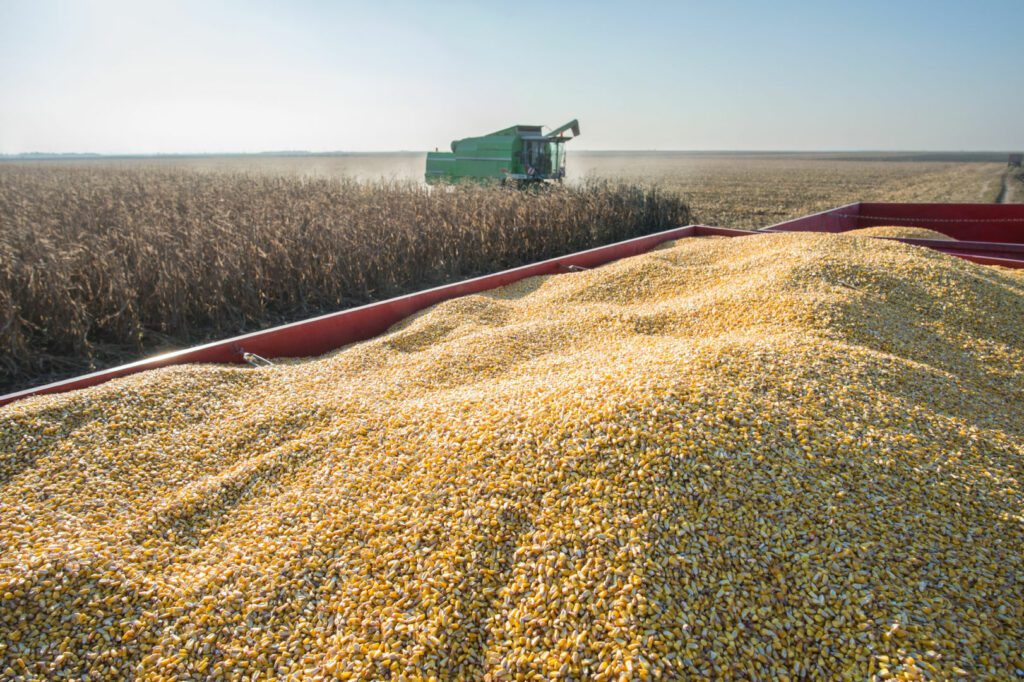Now available for the 2017 growing season, L-CBF 7-21-3 MKP is a high-phosphorus liquid starter manufactured by QLF Agronomy. Like other L-CBF products, 7-21-3 is formulated with a molasses base to help stimulate soil microbes, support plant growth and maximize crop yield potential early in the season.
“L-CBF 7-21-3 conveniently offers many of the same plant health benefits of all our molasses-based fertilizers, and also contains a balanced blend of high-quality phosphorus,” said Tim Chitwood of QLF Agronomy. “This combination ensures early plant access to phosphorus and vigorous root systems.”
L-CBF 7-21-3 is blended with a unique orthophosphate source, monopotassium phosphate (MKP), and has an ortho-to-polyphosphate ratio of 70:30. Orthophosphate is readily available to plants upon entry into soil solution, while polyphosphate is available for plant uptake later in the season.
“We’re excited about the value 7-21-3 brings to growers looking for a stand-alone L-CBF starter,” said Chitwood. “This product can easily fit into most liquid programs, and can also enhance other applied fertilizers by improving nutrient cycling in the soil.”
Maximizing Yield Potential
Liquid starters are an excellent tool to help crops get the best start to the growing season and maximize yield potential. Soils in spring can be cool and damp, which reduces microbial activity and availability of important nutrients like phosphorus and potassium. Applying 7-21-3 in spring has two key advantages: Sugars in the molasses base help stimulate soil microbes, which cycle nutrients in the soil, and the added orthophosphate provides readily available phosphorus in cool growing conditions.
“Applying 7-21-3 in a concentrated band near the root zone supports uniform emergence and higher yield potential,” said Midwestern BioAg’s Vice President of Sales Jim Krebsbach. “The nitrogen to phosphorus ratio in fertilizer should be between 1:2 and 1:4 to optimize phosphorus uptake. 7-21-3 has a 1:3 ratio of nitrogen to phosphorus, making it an ideal liquid starter.”
University of Illinois 2016 Study
L-CBF’s impact on crop growth has been studied at the University of Illinois for two consecutive years. First-year findings showed corn plants treated with L-CBF were significantly ahead in early season development. Grain moisture was also lower, which reduces grain drying costs following harvest.
Preliminary 2016 data once again shows that L-CBF can help plants get a stronger start to the growing season. The 2016 study tracked multiple L-CBF treatments on corn, including an early prototype (7-20-3) of the new L-CBF 7-21-3 MKP product. The study was replicated at two different locations – Yorkville and Champaign, Illinois – with varying soil conditions. Soil reports for each location can be found in Table 1.
Taller plants, higher yields
Soil conditions at each research location played a significant role in crop yields. While L-CBF application in all treatments increased plant height and yields over the control, plant response on the low-phosphorus soils in Champaign was most notable.
On average, 7-20-3 application increased yields over the control by 5.5 bushels and the BOOST treatment increased yields by 8.5 bushels. However, at the low-phosphorus plots in Champaign, these advantages increased to 9 bushels (7-20-3) and 13.5 bushels (BOOST treatment).
“We were extremely pleased to see the results of the 2016 study,” said Chitwood. “We’ve seen and heard many positive reports from the field. This independent data verifies what our customers have shown and told us, and validates the efficacy of our products.”
Available for Spring 2017
L-CBF 7-21-3 can be applied to all major crops and is compatible with most other liquid fertilizers. It is now available for spring delivery, and is also eligible for Midwestern BioAg’s Spring Prepay Program discounts through March 31, 2017. For more information on L-CBF 7-21-3, click here.



